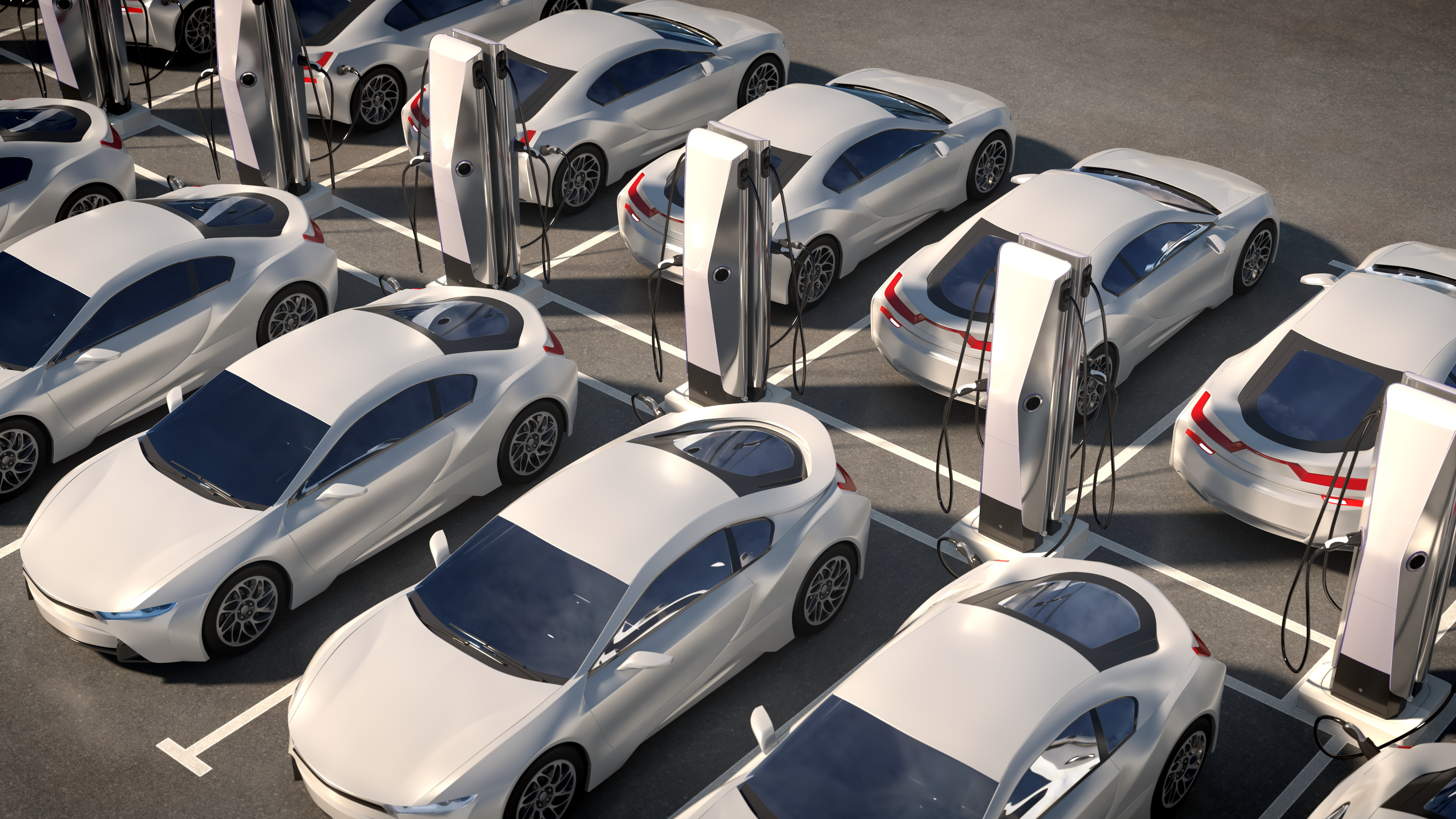What are the types of chargers available to EV users?
EV Charging Choices

Drivers have options when looking to charge their EVs.
EV chargers are steadily replacing gas pumps in the world of transportation. But there are various types of chargers and that can lead to confusion with new EV owners. Let’s review …
There are three main types of EV chargers: Level 1, Level 2, and Level 3. Level 1 chargers use a standard 120-volt outlet and can charge an EV in about 8 hours. Level 2 chargers use a 240-volt outlet and can charge an EV in about 4 hours. Level 3 chargers are the fastest type of charger and can charge an EV in about 30 minutes. They use a special 480-volt outlet.
All EV chargers work by sending electricity to the EV battery. The battery stores the electricity and then uses it to power the electric motor. Level 1 chargers are the slowest type of charger, and they use a standard 120-volt outlet. Level 1 chargers can add about 3-5 miles of range per hour of charging. Level 2 chargers are faster than Level 1 chargers, and they use a 240-volt outlet. Level 2 chargers can add about 10-20 miles of range per hour of charging. Level 3 chargers are the fastest type of charger, and they use a special 480-volt outlet. Level 3 chargers can add about 60-80 miles of range per hour of charging.
Charging your car at home is convenient, but it can take a long time if you have a lower level charger. If you need to charge your car quickly, you can visit a public EV charger. Public EV chargers are usually a Level 2 or Level 3 charger.
Most EV owners have a Level 2 charger installed at home so they can charge their car overnight. Level 2 chargers are also becoming more common at public charging stations. DC fast chargers are still relatively rare, but they are becoming more common as the EV market grows.
AC and DC charging:
There are two main types of electric vehicle (EV) chargers: alternating current (AC) and direct current (DC). AC chargers are the most common type of charger, and they work by connecting to the EV’s onboard charger. DC chargers are less common, but they’re typically faster and more powerful than AC chargers. AC chargers work by providing power to the EV’s onboard charger, which then converts it to direct current (DC) power. The DC power is used to charge the EV’s battery. DC chargers, on the other hand, provide DC power directly to the EV’s battery. This means that DC chargers can charge an EV’s battery much faster than AC chargers.
